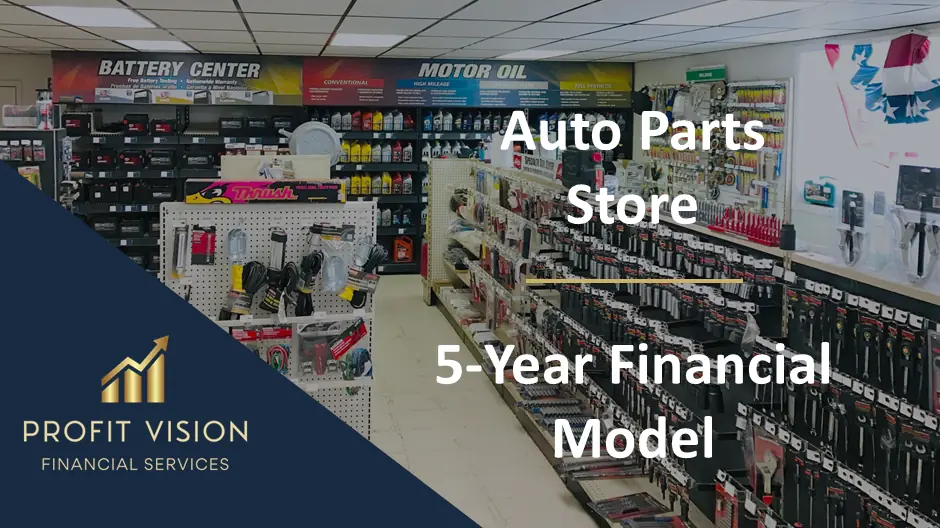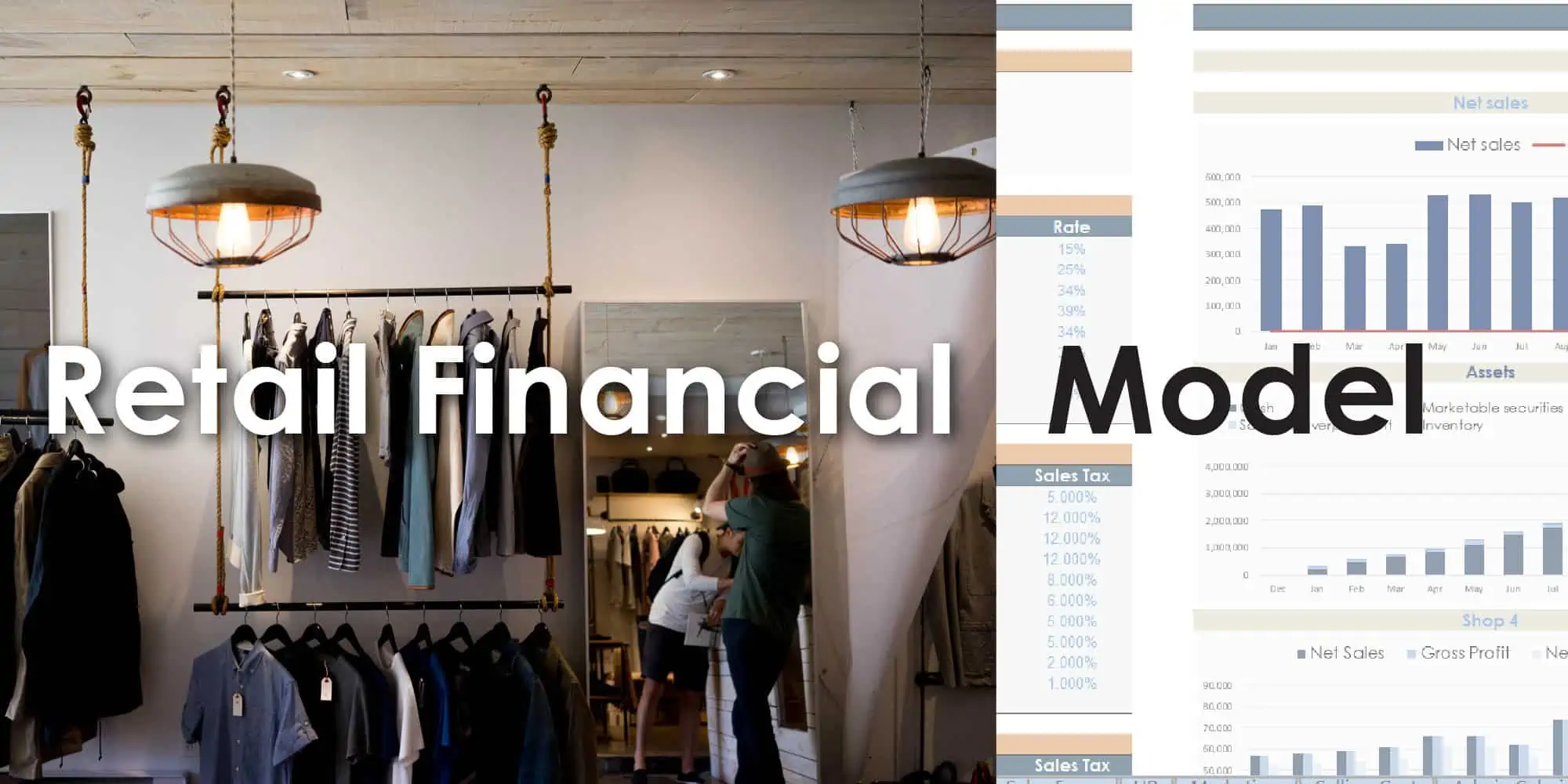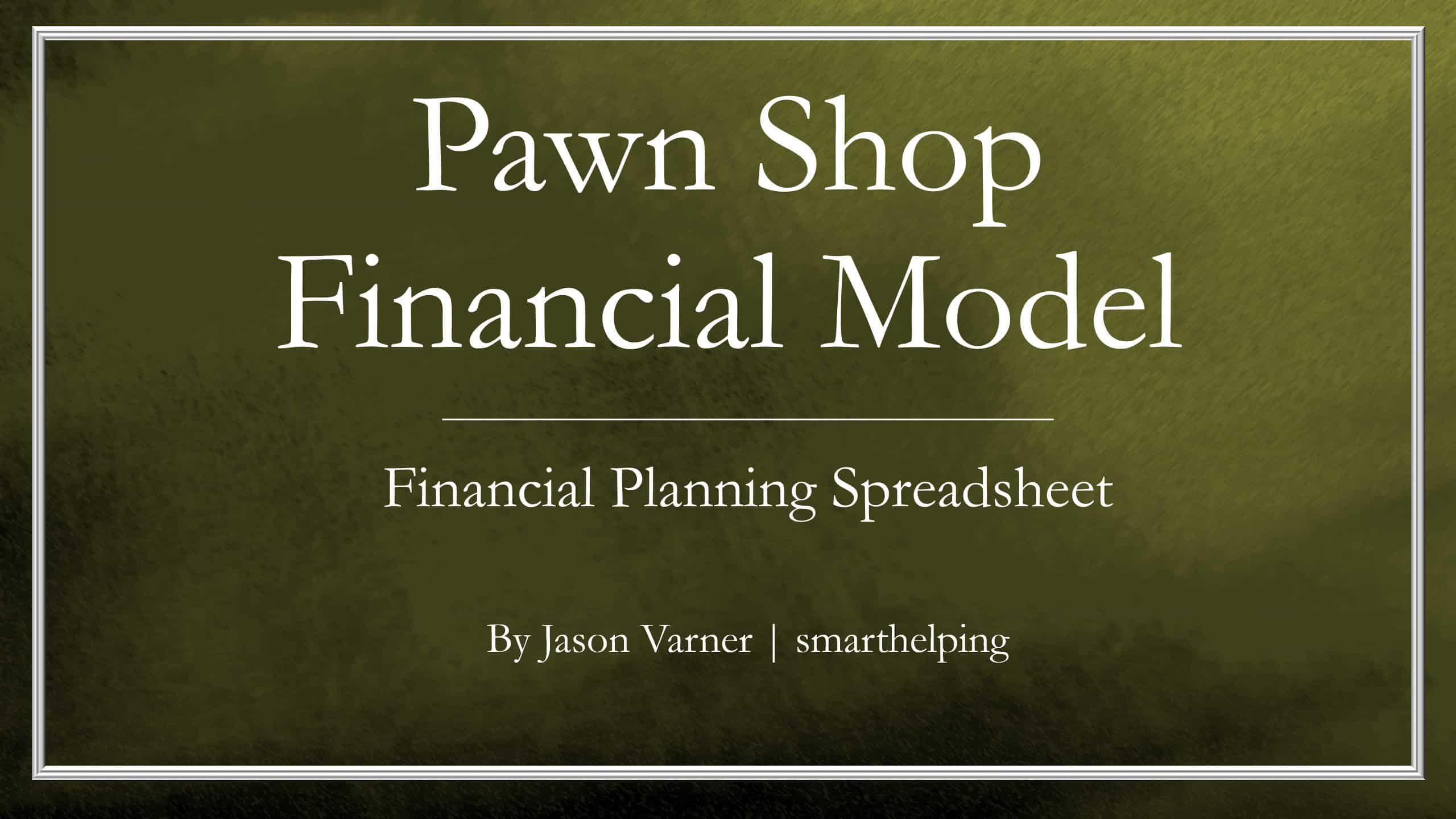Used Car Dealership Business Model (for Startups)
Build a 5-year financial projection for a used car lot / dealership. 3-statement model, cap table included.

Video Tutorial:
Recent update: Added payment terms for inventory purchases (also included accounts payable balance and potential for liquidation at exit)
Includes fully integrated monthly and annual Income Statement, Balance Sheet, Cash Flow Statement, and inventory logic to plan out how long each vehicle type sits on the lot before being purchased.
Includes a cap table as well as brand-new visualizations. General formatting conventions are also updated.
The Used Car Dealer Business Model provides a great way for a Startup to plan and budget out the various aspects of starting and operating your own used car lot.
1. Start with the lightly shaded tabs in yellow. That is where you build your projections, and based on them, the monthly/annual P&L fills out.
2. All the blue tabs are summaries that run off of the light yellow assumption tabs and go from top-line sales volumes all the way down to EBITDA and cash flow after debt service.
3. Note the order of the car types in the revenue builder and costs tabs are supposed to coincide with each other. So Car Type 1 revenue is driven by its markup relative to the car Type 1 cost.
4. The only advanced logic is with the inventory count. You can enter a given amount of months in cell H7 of the ‘costs’ tab, and that will define how much car inventory you are buying pre-launch based on the projected sales you have for that time frame.
5. On the Revenue builder and on the monthly running costs section of the ‘costs’ tab, you can define the month a given item starts. This helps for ramping visualization if you plan on having certain car types and cost types begin later in the startup period, i.e., if you don’t want to hire a 2nd and 3rd salesman until the 18-month mark.
6. Note that the types of cars can be changed to be called whatever you want, but the idea was to create an average cost for each type with corresponding mark-ups so you can get an idea of what the economics look like if x amount of each type sells per month. It is not meant to be super specific or handle 100’s of different cars with different margins. Do your best to estimate each type.
Similar Products
Other customers were also interested in...
Online Car Rental – 3 Statement Financial Mo...
Online Car Rental Platform Business Plan Model is a perfect tool for a feasibility study on launchin... Read more
Auto Parts Store – 5 Year Financial Model
This Financial Model Template provides an advanced 5-year financial plan for a startup or operating ... Read more
Car Dealership Financial Model – Dynamic 10 Year...
A car dealership, or car dealer, is a business that sells new or used cars, at the retail level, bas... Read more
Retail Business Financial Model
The Retail Financial Plan is an all-inclusive financial planning template for the retail industry. W... Read more
Subscription Box Financial Model – Up to 72 ...
Test many variables in this financial model for a subscription box company. Includes up to six prici... Read more
Laundromat Financial Model – 10 Year
This template allows the user to produce financial statements based on assumptions specific to the l... Read more
Industry Based Financial Models (Variety Bundle)
There are currently 52 unique financial models included in this bundle. Nearly all of that include a... Read more
Jewelry Shop / Store 5 Year Startup Business Model
A bottom-up financial model that is designed specifically for a jewelry store, but could easily be u... Read more
Hair Salon Financial Plan | Beauty Salon Business ...
Plan out the financial plan your hair or beauty salon. The beauty & hair salon business plan goe... Read more
Pawn Shop / Broker 5 Year Financial Model
Video Tutorial: https://www.youtube.com/watch?v=3mZFMB4z0Qc The model have revenue a... Read more
You must log in to submit a review.




























